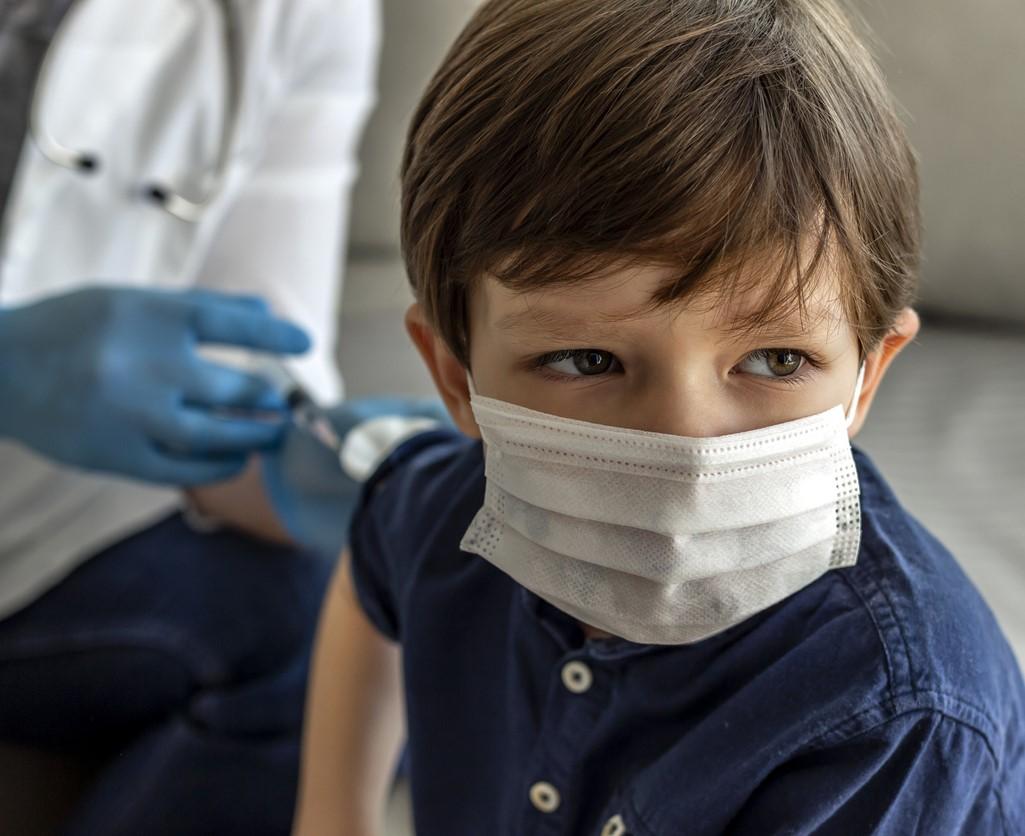"Today's a monumental day in the course of the pandemic."
Those were the words of Centers for Disease Control and Prevention (CDC) Director Rochelle Walensky, MD, MPH, as she addressed ACIP, the Advisory Committee on Immunization Practices, which convened today to recommend the emergency use authorization of the Pfizer-BioNTech COVID-19 vaccine in children ages 5 to 11.
ACIP voted unanimously in favor of authorization, 14-0. The Biden administration said yesterday they have purchased enough Pfizer vaccine doses to cover all 28 million children in this age group. And with Food and Drug Administration approval already secured, shots could begin by the end of the week.
The vaccine, given at a reduced dose of two 10-microgram shots administered 21 days apart, could be the best chance for American children to return to "normal life," Walensky said.
"We have second graders who have never known a normal school year, middle schoolers who have missed out on sports," she said. "In the nearly 12 months since this group approved the use of vaccines in those 16 and older, we have been wondering when children vaccines were approved for younger children."
The ACIP recommendation now goes to Walensky for final approval.
Impact of pediatric COVID-19 cases
The meeting began with experts sharing what is known about COVID-19 infection in children. Though severe outcomes are rare, 94 American children ages 5 to 11 have died during the pandemic due to the virus, and more than 8,300 have been hospitalized.
As has been seen throughout the pandemic, Black and Hispanic children are more greatly impacted by COVID-19 than white peers: Notably, Black and Hispanic children were three times more likely to be hospitalized for infections than white children.
Of all children ages 5 to 11 admitted to the hospital for COVID-19, one-third require intensive care, a similar portion seen with severe influenza. But, as the CDC's Jefferson Jones, MD, MPH, explained, kids with COVID-19 have longer hospital stays.
"In July and August we saw a sharp increase in hospitalizations [among this age group]," said Jones. Pediatric infections rose dramatically with the emergence of the Delta (B1617.2) variant.
Seroprevalence data was also reviewed, with Jones sharing the CDC estimates that 38% of children ages 5 to 11 in the United States have already had COVID-19. But protection against future infections is unknown.
Throughout the meeting many argued that ACIP already recommends vaccines for children with far less serious outcomes than COVID-19, including chickenpox (varicella).
Myocarditis risk dominates discussion
The risk of vaccine-related myocarditis, an inflammation of the heart muscle, dominated the discussion for much of the meeting. The mRNA vaccines carry with them a small risk of myocarditis, which has been seen in teenage boys and young adult men.
But Matt Oster, MD, MPH, a pediatric cardiologist at Children's Healthcare of Atlanta, said during the meeting that for children ages 5 to 11, "Getting Covid is much riskier to the heart."
The latest CDC data showed nine myocarditis related deaths in vaccine recipients under the age of 30, but none were linked to the COVID-19 vaccine after further investigation. Furthermore, cases of myocarditis related to COVID-19 vaccines resolve more quickly than classical myocarditis.
Sarah Long, MD, a professor of pediatrics at Drexel University, said myocarditis linked to COVID-19 vaccines is much less severe than myocarditis following COVID-19 infections. She also stressed the real threat of multisystem inflammatory syndrome (MIS-C) to this age-group. So far more than 5,000 children have been diagnosed in the United States with this syndrome, which appears 2 to 6 weeks after infection.
MIS-C is most common in children ages 5 to 11.
The CDC's Sara Oliver, MD, MSPH, concluded the meeting by presenting modeling data showing how vaccinated children ages 5 to 11 would impact the pandemic in the United States. Models suggest that vaccinating this group would reduce transmission of the virus by 8% between November and next March.






















